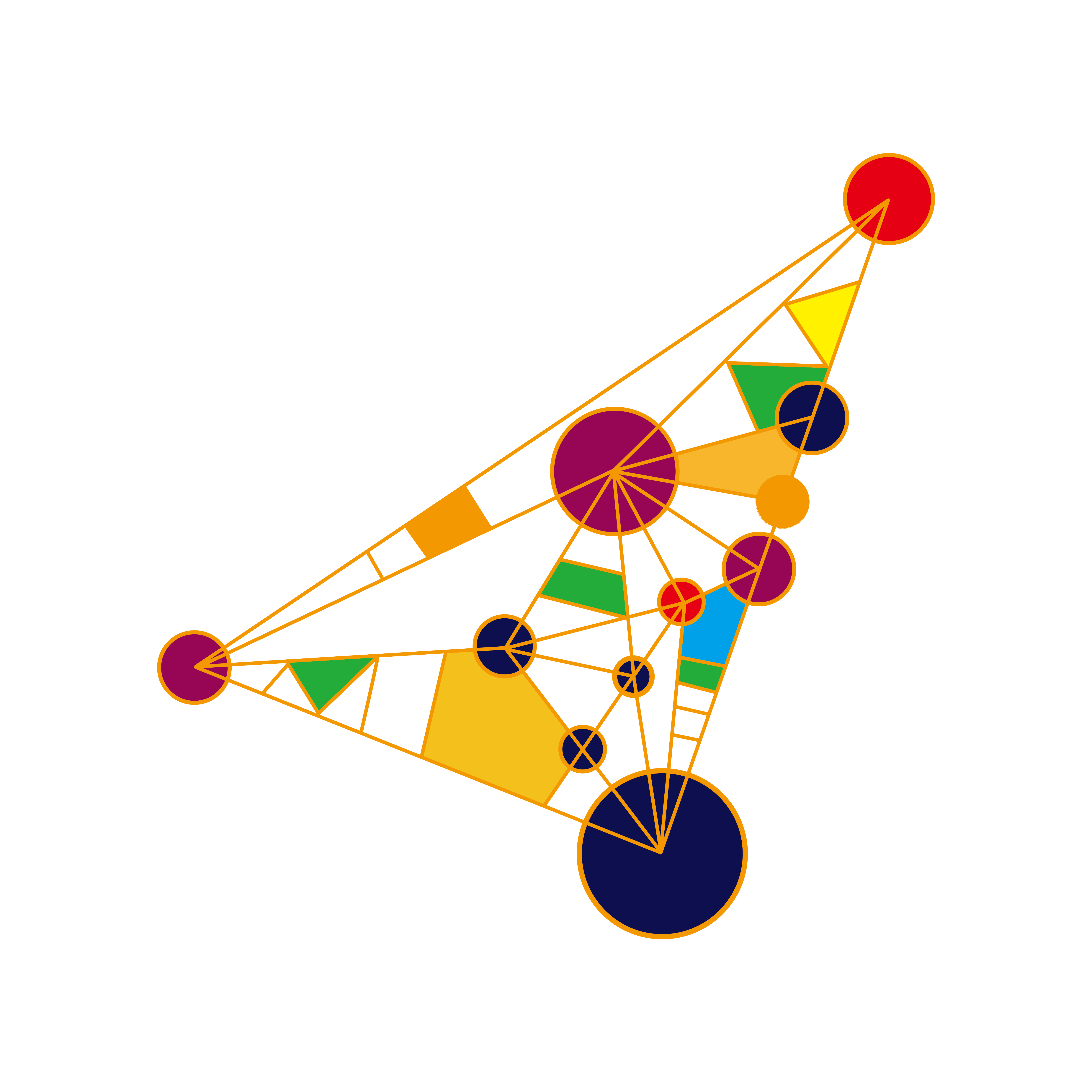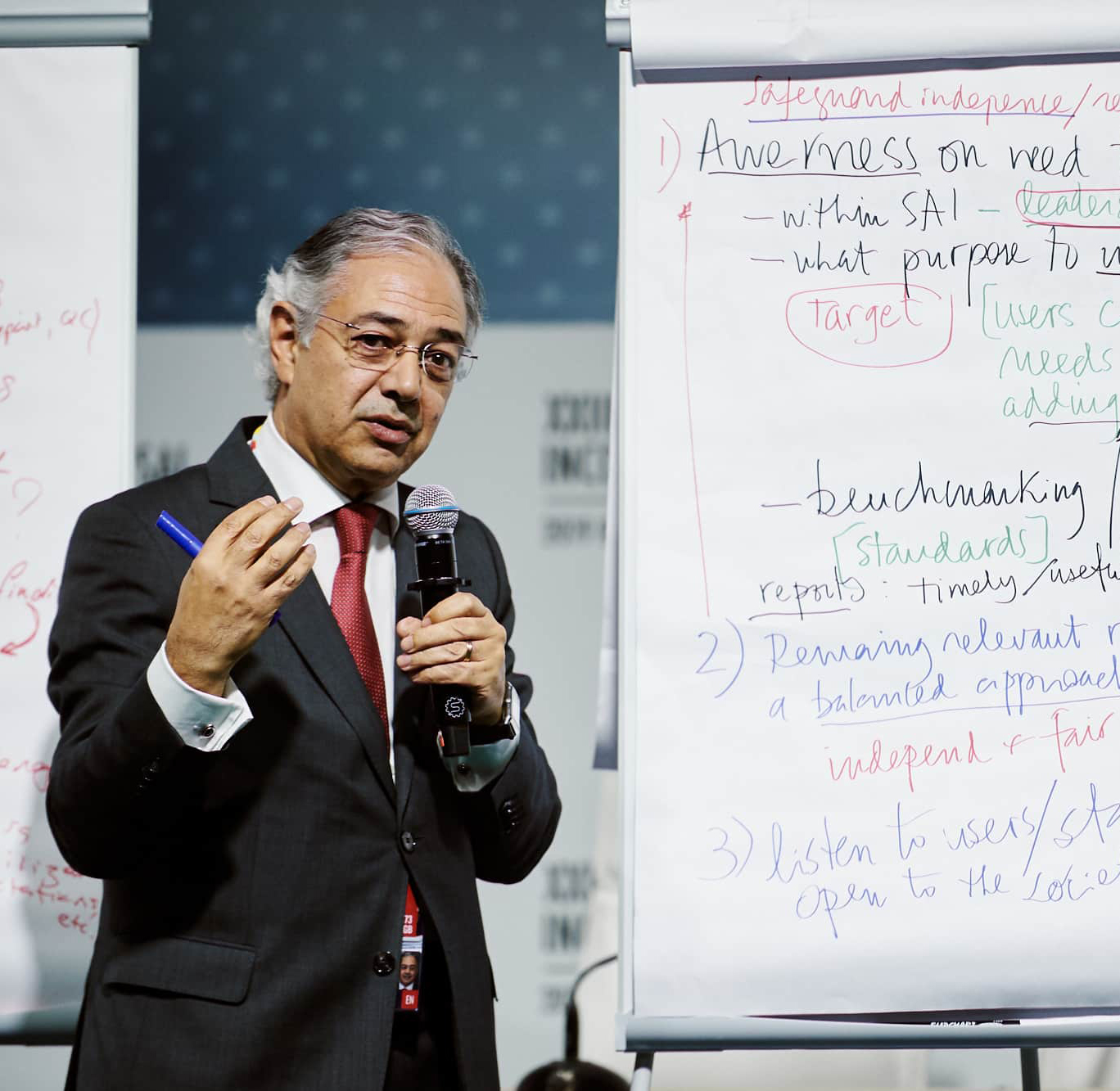Progress
SAIs adopted methods of regular collection of data, their centralized management and authorized utilization to facilitate data acquisition under the premise of data security (China, Russia). In addition to audit reports, transparency data are also published on many SAIs’ websites. These might include information such as the remuneration of staff, travel expenses and disclosure of interests, the audited financial statements, procurement policy and procedures, awarded contracts, payments to suppliers, self-assessment and peer review results (Cyprus).
Some SAIs have a substantial body of work related to the development of standards to enable the tracking of government spending, key practices for reporting open data — such as providing data in useful formats and fully describing the data, balancing the openness of data with protecting the privacy of citizens, the use of data analytics, and big data auditing (USA). Others participate in open data government initiatives (India) sharing resource datasets on capital expenditures and public debt disbursements.
In order to create a citizens’ engagement mechanism through feedback forms, data descriptions and metadata are published in open sources. The implementation of artificial intelligence for public sector audit may occur in cooperation with specialized digital development agencies (Thailand) and private organizations. Audit entities are creating in-house incubators for applying data analytics, data visualization and process mining to audit. SAIs provide more quantitative analysis and interactive graphs in performance audits (ECA).
Costa Rica:
Increasing transparency was one of the strategic objectives of SAI Costa Rica's Strategic Plan 2013-2020. To fulfill that goal different actions had taken place such as applying a national transparency survey in 2016 and 2019 and having transparency and availability of public information as a core objective during the audits conducted. Also, to lead by example, SAI Costa Rica ensures open access to its products and has been increasing the availability of some of the data gathered during key audits, national surveys, or opinions and suggestions' reports. The data analyzed is available on SAI Costa Rica's web page by using reporting and data visualization tools. We also had had the experience of sharing with the auditee the algorithm used in one of the audits conducted recently, related to the Central Government's tax incomes.
Russia:
The Accounts Chamber of the Russian Federation has started publishing an annual report on openness of federal agencies, which includes data availability and quality as well as readiness to communicate with stakeholders, such as citizens and the media. To ensure accountability and predict crisis evolution, SAIs can use powerful, modern analytical methods; however, open and accessible government data is essential.
Challenges
According to the replies, the implementation of this provision requires further development of open data technological infrastructure, which is currently insufficient. Digitalization challenges require new competences, profiles, governance and changes in approach (ECA). Open data capabilities of public authorities are still low (Mexico). Therefore, there exists only limited regulatory framework to access data from other government entities (Peru). In other countries necessary laws are already in power, but there is not enough political will to move from words to actions (Chile). SAIs lack real-life experience (best practices) about how to audit such topics. For these issues, SAIs could jointly develop generally applicable recommendations (Austria/INTOSAI GS). Various working groups of INTOSAI might also be helpful in advancing and encouraging SAIs to follow this provision (Norway). However, in implementing this principle, data protection and data security concerns are to be taken into account (Malta, Indonesia). SAIs ought to tackle the issues of confidentiality and data privacy to make data more open and available for the public.
Austria:
The availability, consistency and validity of data as well as the processes to collect data with a particular focus on their quality, timeliness, availability and evaluability are of key importance to ensure transparency, accountability and predictability. In order to provide valuable advice as regards the implementation of government measures, especially during this global health crisis, SAIs need to be able to assess the quality of data. For the ACA, the availability and openness of data, source code and algorithms are key issues that will need to be given much higher priority during the audit process. The ACA would wish for an intensive exchange of experience with other SAIs since these issues have already become decisive for the public administration. In part, however, SAIs lack the concrete experience (best practices) as to how to audit such topics in a concrete manner. For these issues, SAIs could jointly develop generally applicable recommendations.
Plans
Control entities plan to increase the services available for public entities and citizens. The sharing of good practices and cutting-edge projects on this issue with other SAIs are crucial in order to be replicated (Peru, Austria). Domestically SAIs are determined to organize regular hackathons regarding the use of open data in public administration (Czech Republic). IT projects should provide source codes and algorithms controls. The right of public organizations to own the source code is to be clearly specified within a contract for IT services. During the system development, the source code and algorithms are to be documented and maintained in sync with the development work (Malaysia). Data visualization is deemed important to make data from conducted audits as understandable to the public as possible (North Macedonia, UK, Costa Rica). International seminars and trainings courses are also of a prime concern: most SAIs are interested in participation in INTOSAI activities on the use of big data and promoting their openness (USA, UK, Algeria).
European Court of Auditors:
Our digital transformation is at the start. This is also an area where we can learn from other SAIs. For example, the TINA (Technology and Innovation for Audit) initiative was launched in 2019 with other SAIs.
Ecuador:
Currently the SAI of Ecuador does not have infrastructure for Big Data. However, it participates in the development of the WGBD Guide "Big Data Analysis Practices in SAIs", with the purpose of recognizing experiences regarding this topic and establishing the basis for the opening of large amounts of data. The SAI of Ecuador as chair of OLACEFS Working Group to Fight Transnational Corruption GTCT promotes the principle of data availability and openness through institutional cooperation and projects to share information and institute interoperable frameworks between SAIs.
Contact Us
The Accounts Chamber of the Russian Federation
Department for International and Regional Cooperation
119121, Russia, Moscow, Zubovskaya street, 2










